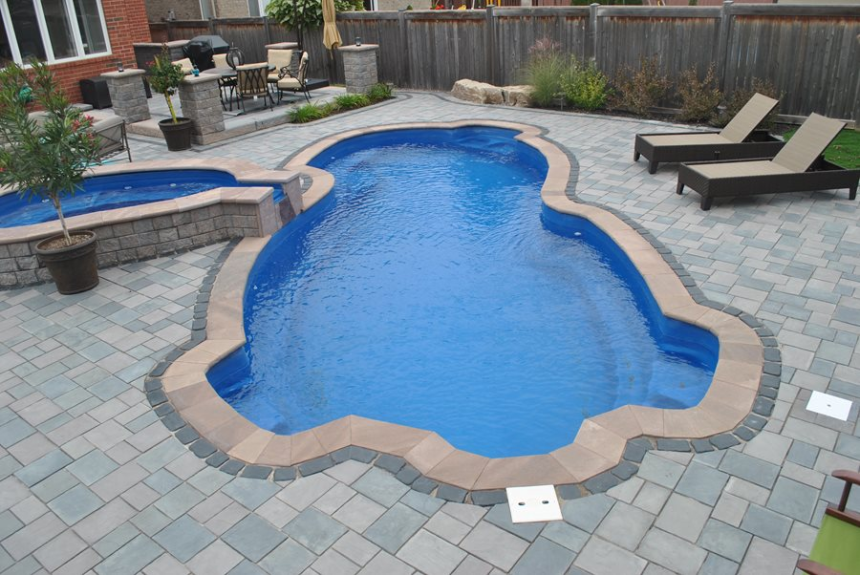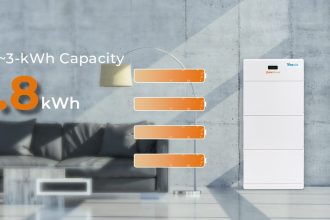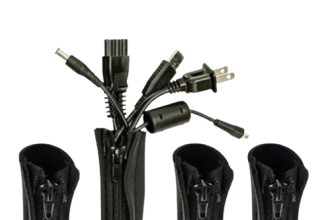A fiberglass pool is a popular choice among homeowners for its durability, low maintenance, and aesthetic appeal. However, like any other investment, it requires regular care and maintenance to ensure it remains in top shape for years to come.
Proper maintenance not only extends the life of your fiberglass inground pool but also ensures a safe and enjoyable swimming experience. In this article, we will provide you with a comprehensive guide on how to maintain your fiberglass pool effectively.
Regular Cleaning and Skimming
One of the fundamental maintenance tasks for your fiberglass pool is regular cleaning and skimming. Leaves, insects, and debris can accumulate on the pool’s surface and sink to the bottom, causing staining and water quality issues. To prevent this, invest in a good-quality pool skimmer and make it a habit to skim the pool’s surface at least once a day. Remove any leaves or debris that you come across.
Additionally, you should brush the walls and floor of your inground pool shell on a weekly basis to prevent algae and calcium buildup. Fiberglass pools have a smooth surface that is less prone to these issues compared to other pool types, but regular brushing is still essential for optimal maintenance.
Water Chemistry
Maintaining proper water chemistry is crucial for the health of your fiberglass swimming pool and the comfort of swimmers. You should regularly test the water and adjust the chemical levels accordingly. Here are the key parameters to monitor:
- pH Level: The pH level of your pool water should be maintained between 7.4 and 7.6 on the pH scale. This range ensures that the water is neither too acidic nor too alkaline, which can damage the pool’s surface and equipment.
- Chlorine Levels: Chlorine is a primary sanitizer for pools and helps to kill bacteria and algae. Keep the chlorine levels between 1.0 and 3.0 parts per million (ppm). You can use either liquid chlorine, chlorine tablets, or a salt chlorinator system to maintain the appropriate chlorine levels.
- Total Alkalinity: Total alkalinity helps to stabilize the pH level. Aim to keep the total alkalinity between 80 and 120 ppm. Proper alkalinity levels prevent pH fluctuations, which can lead to corrosion or scaling issues.
- Calcium Hardness: The calcium hardness level should be maintained between 200 and 400 ppm. Low calcium hardness can cause the pool water to become aggressive, leading to surface damage, while high levels can result in scaling issues.
Regularly testing and adjusting these chemical levels will help ensure that your fiberglass pool remains clean, safe, and free from any damage caused by imbalanced water chemistry.
Filtration System
Your pool’s filtration system is a vital component in maintaining water clarity and cleanliness. Here’s how to care for it:
- Filter Cleaning: Check your pool’s filter regularly and clean it as needed. How often you need to clean the filter depends on the type of filter you have, but a general guideline is to clean or backwash it when the pressure gauge indicates a 10-15 psi increase above the normal operating pressure.
- Pump Maintenance: Inspect your pool’s pump for any signs of damage or leaks. Lubricate pump o-rings as necessary. Proper pump maintenance ensures that water circulates effectively, helping the filtration system do its job.
- Timer and Settings: Set your pool pump timer to run for an adequate number of hours each day to ensure proper filtration. In hot weather, you may need to run the pump for longer periods to maintain water quality.
Preventative Measures
In addition to routine cleaning and chemical maintenance, there are several preventative measures you can take to ensure your fiberglass pools remain in top shape:
- Use a Pool Cover: Invest in a high-quality pool cover to keep debris out of the pool when it’s not in use. A cover also helps retain heat and reduce evaporation, saving on energy and water costs.
- Proper Pool Use: Educate your family and guests about proper pool use. Avoid running or rough play near the pool to prevent accidents that could damage the pool’s surface.
- Avoid Sharp Objects: Keep sharp objects and heavy toys away from the pool area. Fiberglass pools are durable, but they can still be scratched or damaged by rough handling.
- Regular Inspections: Periodically inspect the pool’s surface for any signs of damage, such as cracks or blisters. Early detection and repair can prevent more extensive problems down the road.

Seasonal Maintenance
Different seasons can bring unique challenges for pool maintenance. Here’s how to adapt your care routine throughout the year:
- Winterizing: If you live in a region with cold winters, you’ll need to winterize your fiberglass pool in Canada to prevent freezing damage. This involves lowering the water level, adding winterizing chemicals, and covering the pool securely.
- Spring Opening: When spring arrives, it’s time to prepare your pool for the swimming season. Remove the pool cover, clean and refill the pool, balance the water chemistry, and inspect all equipment for any damage or wear.
- Summer Maintenance: During the summer months, you may need to run your pool pump longer to keep up with increased swimmer usage. Regularly check and adjust the chemical levels to maintain water clarity.
- Fall Clean-Up: As leaves and debris start falling, be diligent with your skimming and cleaning routine. Falling leaves can add extra organic matter to the pool, making it more challenging to maintain water balance.
Professional Maintenance
While many pool maintenance tasks can be handled by homeowners, it’s advisable to seek professional help for certain aspects of fiberglass pool care:
- Annual Inspections: Consider scheduling an annual inspection by a professional pool technician. They can identify any potential issues with the pool’s surface, equipment, or plumbing that may not be immediately apparent to the homeowner.
- Repairs and Resurfacing: If you notice any significant damage to the fiberglass shell, it’s essential to have it repaired promptly to prevent further deterioration. In extreme cases, resurfacing the pool may be necessary, which should also be performed by a qualified professional.
Conclusion
Maintaining a fiberglass pool in top shape requires regular attention to cleaning, water chemistry, and equipment maintenance. By following these maintenance tips and incorporating them into your routine, you can enjoy a beautiful, safe, and long-lasting swimming pool that adds value to your home and enhances your outdoor living experience.
Remember that investing time and effort in proper pool care today can save you from costly repairs and replacements in the future, ensuring years of aquatic enjoyment for you and your family.














